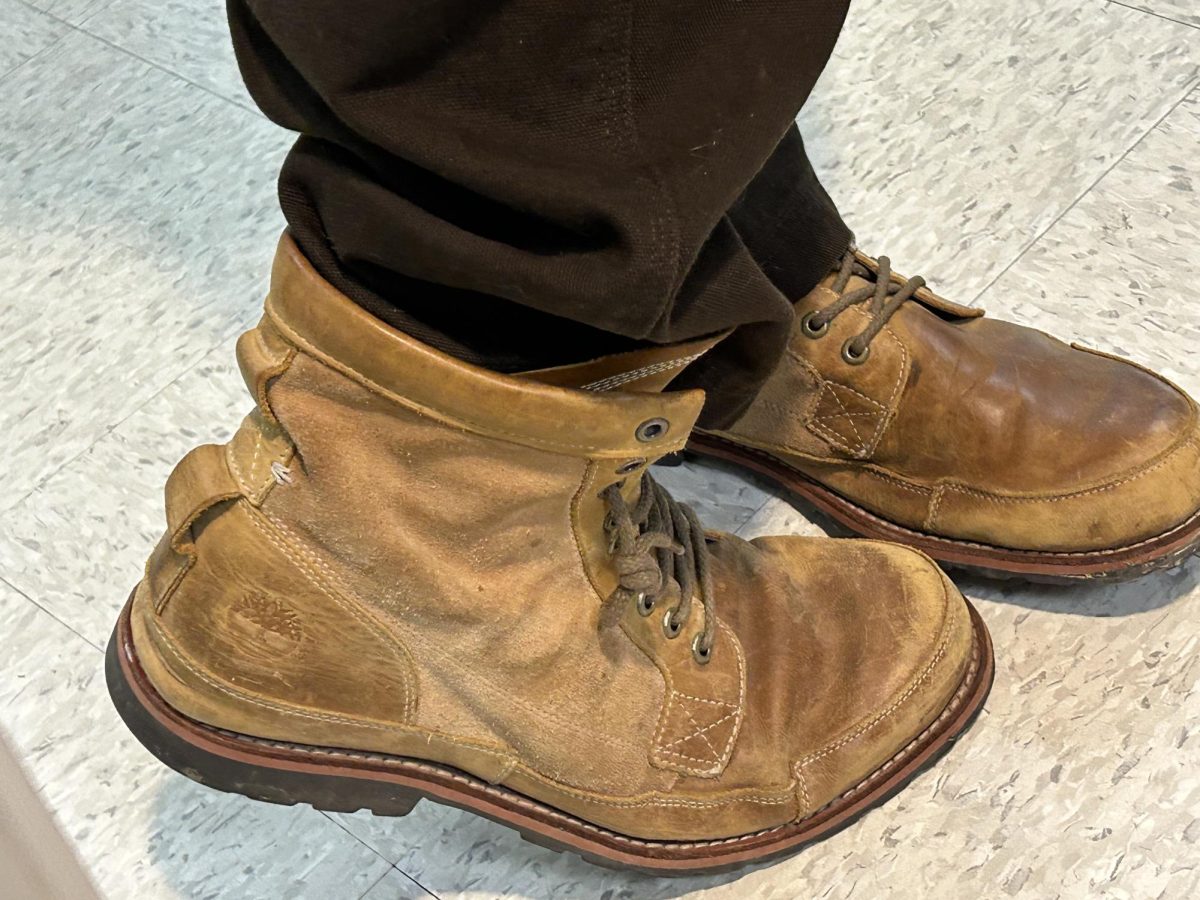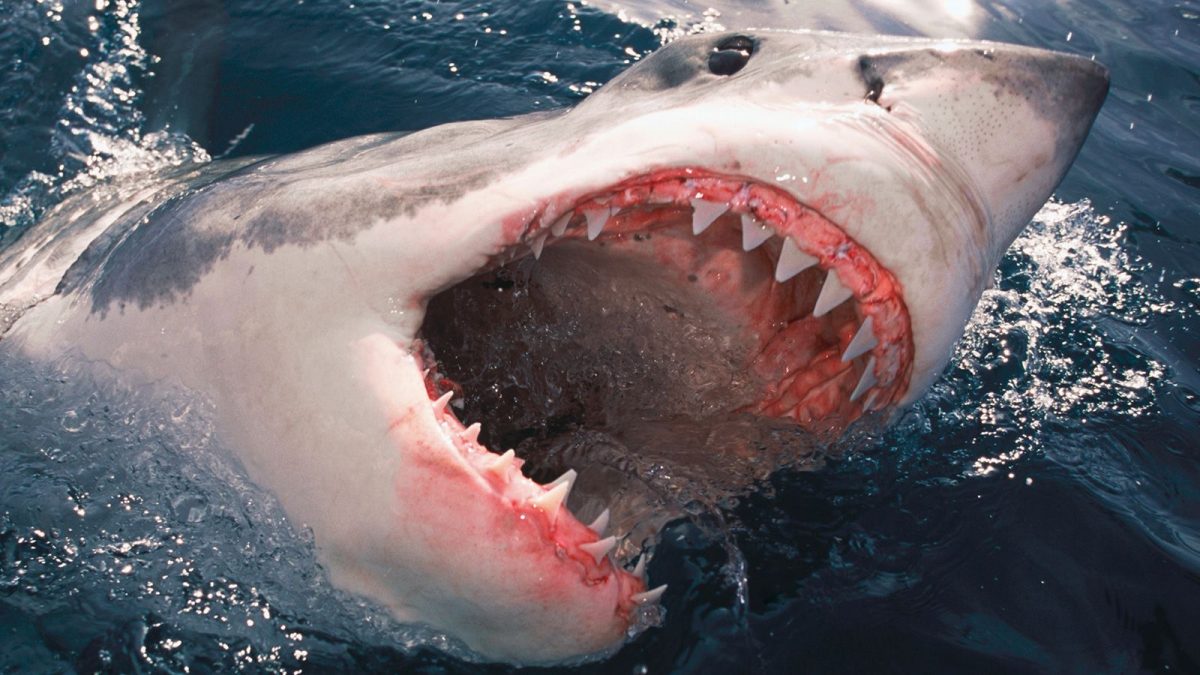
Cnidaria is a phylum under the kingdom Animalia, which contains more than 11,00 species. These species are found in both fresh and marine environments mostly in the latter. Their key features include the decentralized nervous system distributed throughout a gelatinous body. Cnidarians have two forms: medusae and sessile polyps. Those two forms are radially symmetrical with mouths surrounded by tentacles.
Turritopsis Dohrnii revert to the polyp stage in their lifecycle when they get physically damaged or become starved. They are practically reborn during this time. The poly colony buds and releases medusae that are genetically identical to the injured adult. They got the name “the immortal jellyfish” in the 1990’s. The cellular mechanism behind it is called transdifferentiation, which is how an adult cell is specialized for a certain tissue; the cell changes to a different type of cell. It is like recycling, which can help with research. What are the other things that we can do which this information? Another example of the Cnidaria phylum is the Aurelia.
Aurelia is a genus of jellyfish, which are more commonly known as the moon jellies. They are in the class Scyphozoa. Species of Aurelia can be found in lots of different oceans such as the Arctic, Pacific, and Indian. They are more commonly found in temperate waters such as the northern water close to Japan and China. Aurelia undergoes alteration of generations. During that time their sexually-reproducing pelagic medusae stage is either male or female, but during the benthic polyp stage, they reproduce asexually. Also, lifecycle reversal, in which polyps are formed directly from juvenile and sexually mature medusae, can also be their fragments. This was observed in Aurelia Coerulea All jellyfish eat zooplankton, and jellyfish can compete with commercial important fish and their larvae and cause several issues with boats.
















